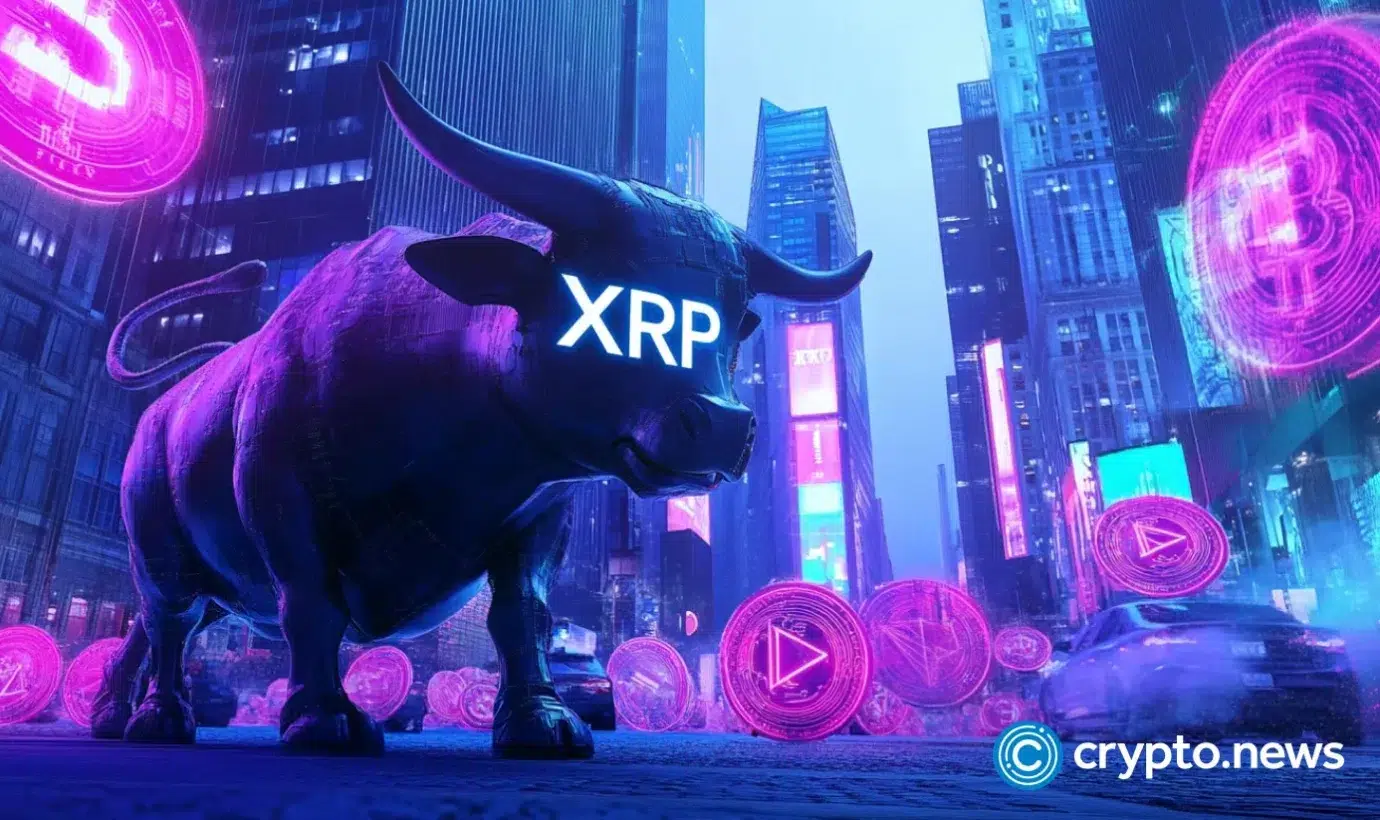World Liberty Financial (WLFI) – a Trump-affiliated crypto token – announced on Nov. 19, 2025 that it had burned and reallocated about 166.667 million WLFI, worth $22.1 million from wallets compromised in a pre‑launch phishing attack.
The project said attackers had gained access to “a relatively small subset” of user wallets through security lapses (not flaws in WLFI’s code).
WLFI noted it froze 272 addresses in early September following the breach, and is only reallocating tokens to users who complete renewed KYC verification.
The announcement roiled the market: WLFI’s token now trades around $0.13–$0.18, roughly 40% below its August 2025 launch price.
Critics and supporters have sharply clashed over whether the freeze is prudent security or an overreach undermining decentralization.
Details of World Liberty Financial Freeze and Recovery Plan
WLFI’s team says the wallet breach occurred before the token went live. In a Nov. 19 X post (X.com/formerly Twitter), the project explained that some user seed phrases had been exposed to phishing attacks ahead of launch.
As a precaution, all affected wallets were frozen in September, and owners were asked to redo KYC and provide new secure wallet addresses.
On Nov. 19, WLFI executed an “emergency function” that burned 166.667M WLFI from the compromised addresses and reissued the same amount to approved recovery addresses.
An on-chain analyst confirmed this transaction was designed to claw back tokens into safe hands. The project emphasized it took a “slow, careful approach” to reallocate funds and avoid errors.
Verified users will receive their tokens in new wallets, while any wallet whose owner has not come forward or completed verification will remain frozen indefinitely.
In summary, WLFI says it burned and reallocated $22.1M in WLFI linked to pre-launch phishing attacks, froze those wallets, and requires KYC to reroute funds.
The team also deployed new smart‑contract logic to safely bulk-transfer the recovered tokens. WLFI insisted these measures were not part of a profit grab but strictly a user‑protection effort. the team wrote on X,
“We do not seek to blacklist anyone…WLFI only intervenes to protect users, never to silence normal activity.”
The freeze decision divided WLFI’s community. Some users applauded the project for taking responsibility and prioritizing safety.
“Good to see a project actually taking responsibility instead of hiding behind ‘not our fault’. User safety > everything,” commented crypto trader DefiBagira in response to WLFI’s reallocation plan.
Another user noted that WLFI’s move to secure funds was “taking responsibility,” and should be commended over inaction.
These supporters argue that compensating victims of the phishing attack and moving funds to new wallets is the correct, user-friendly approach.
Others reacted with alarm. A pseudonymous blockchain developer ‘flick’ wrote on X:
“I think it’s hilarious how everyone is cheering that you can rug or lock any wallet on your own protocol. … Everyone will get phucked in the end.”
His comment encapsulates a key fear. That is granting the project power to freeze wallets, even for safety, could be abused or might undermine users’ trust.
Some critics pointed out that WLFI had marketed itself as “community governed,” and such unilateral freezing seems to conflict with that promise.
Notably, high-profile holders also voiced concern. Tron founder Justin Sun publicly complained when his own WLFI wallet (holding millions of tokens) was frozen after small test transfers.
The WLFI team explained Sun’s freeze was part of the overall phishing‑linked wallet sweep. Sun later stated he supports WLFI’s vision and even pledged further investment, but the initial incident stoked uncertainty.
At least one victim has reported frustration with the recovery process. Bruno Skvorc, a developer-relations officer at
Polygon said he reached out for help but had not yet regained access to his funds. Bruno claimed that the team failed to unlock his funds despite reaching out.
World Liberty Financial Market Impact and Outlook
Analysts note that WLFI’s price action was largely driven by broader market activity and heavy short-selling, not just the fund freeze.
On‑chain data showed WLFI’s steep sell-off came from across multiple exchanges and trading desks, rather than any single holder dumping.
After the initial crash, WLFI’s token stabilized; by early November it was trading around $0.18. That price is still about 40% below the token’s August debut, reflecting lingering uncertainty.
Even so, the wallet freeze announcement itself rattled investors. One person paraphrased an insider: “If they can do it to Sun, who’s next?”
In practice, WLFI said it only blacklisted high‑risk addresses (about 215 tied to phishing) and no innocent wallets. WLFI reiterated that the freeze was not aimed at normal traders, but at safeguarding users flagged by support or on‑chain signals.
The project has now rerouted legitimate users’ funds and is focusing on development of its planned stablecoin and other features.
But observers say the key issue remains whether investors trust WLFI’s on-chain custodianship. As one analyst noted, restoring market confidence will depend on clear communication and flawless execution of the recovery plan.
Source: https://www.thecoinrepublic.com/2025/11/20/users-clash-over-world-liberty-financial-decision-to-freeze-funds/


